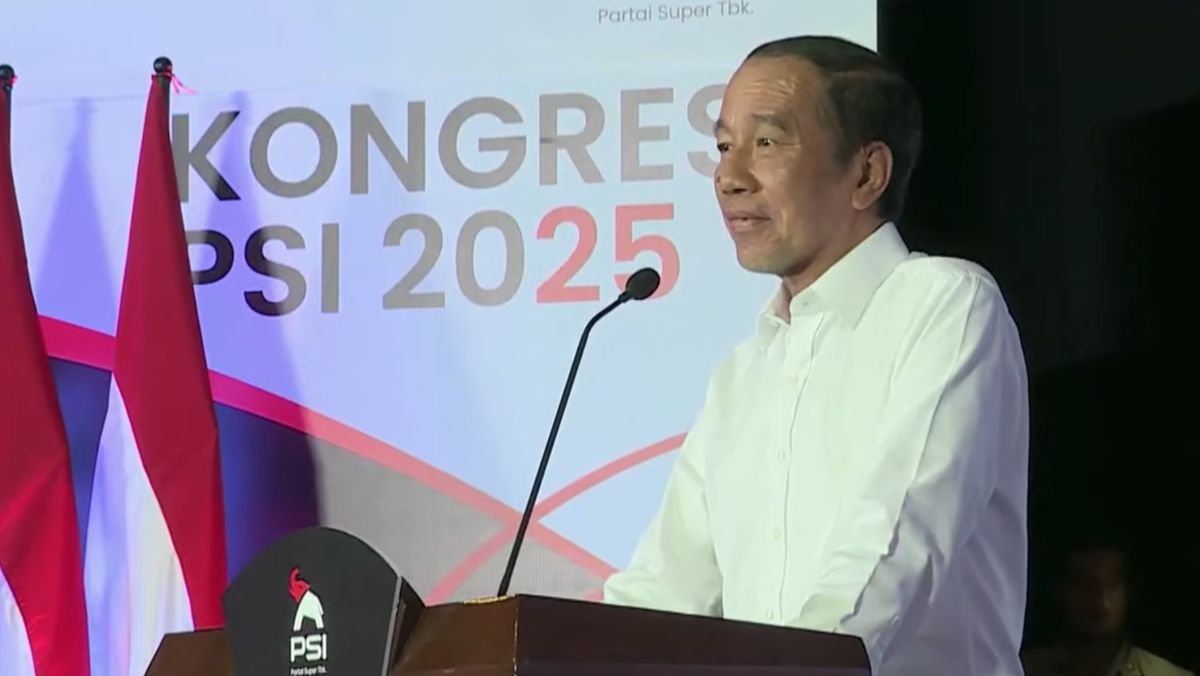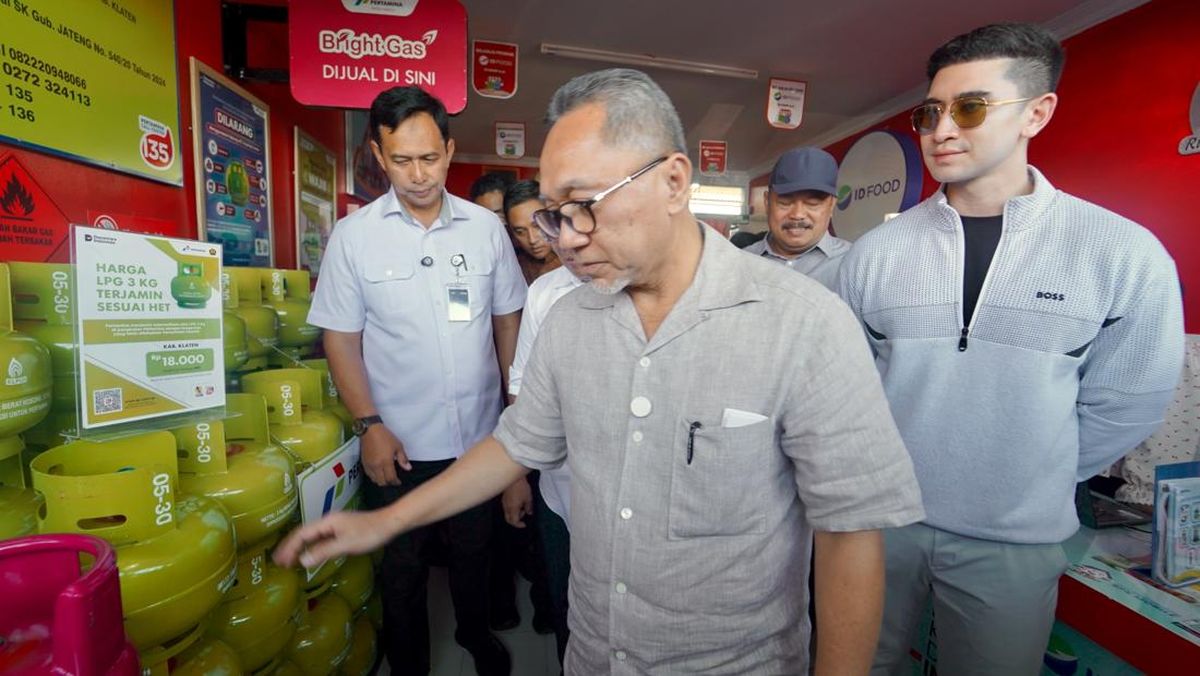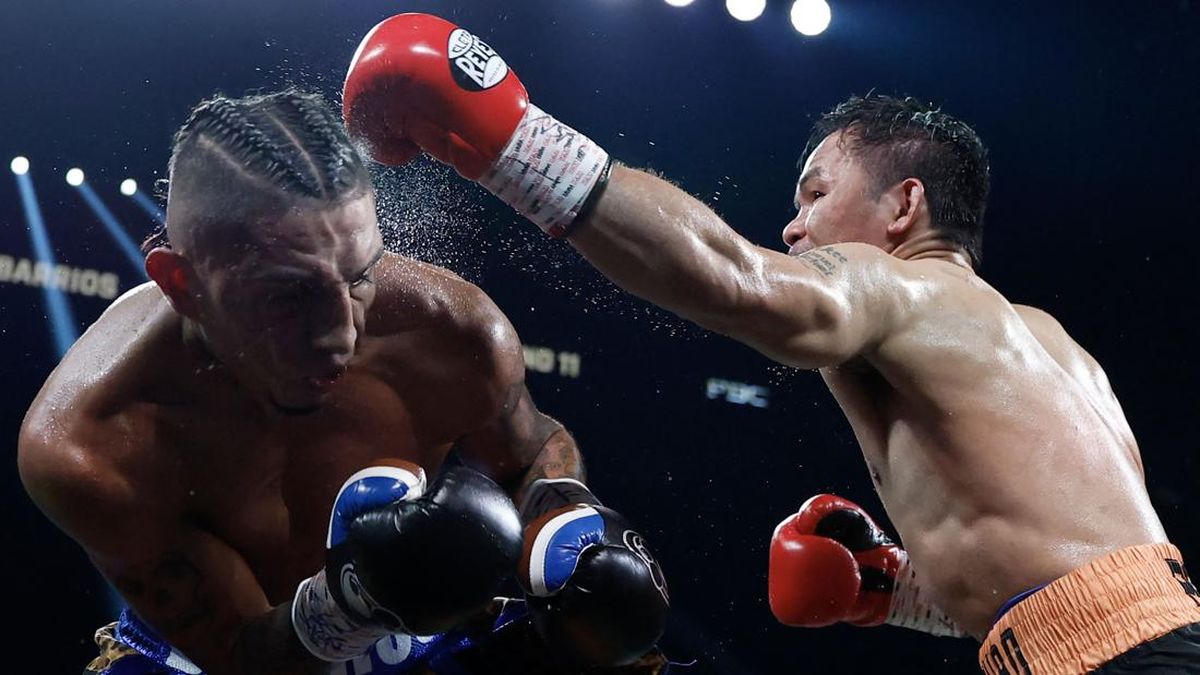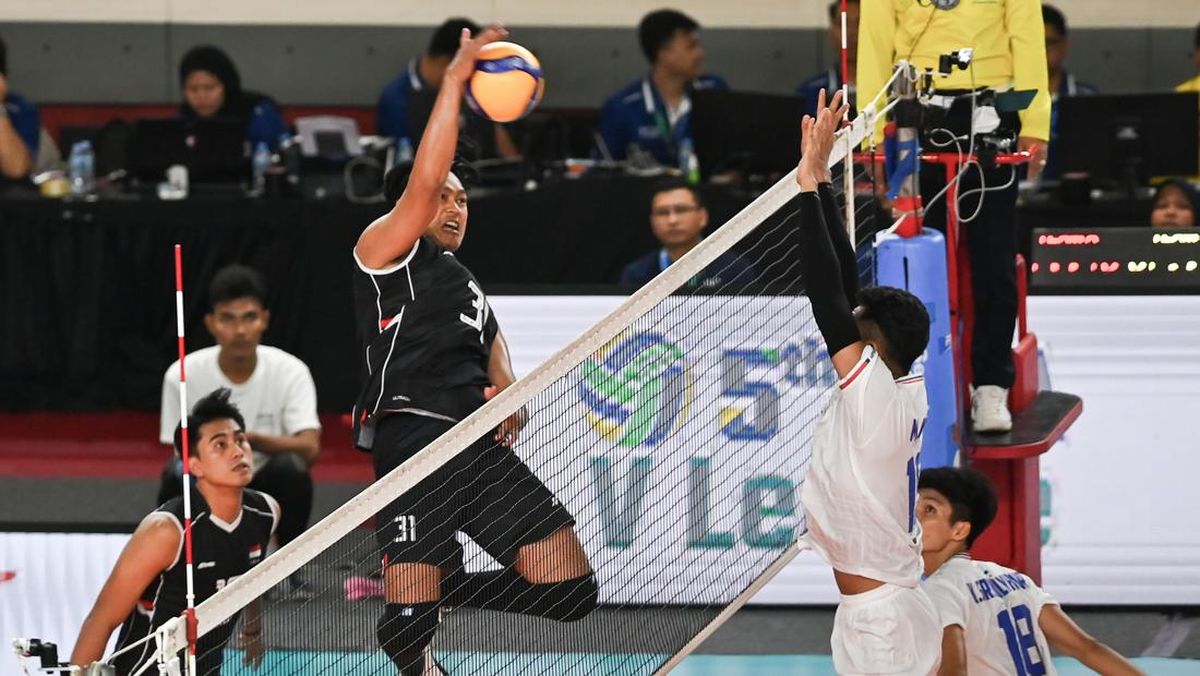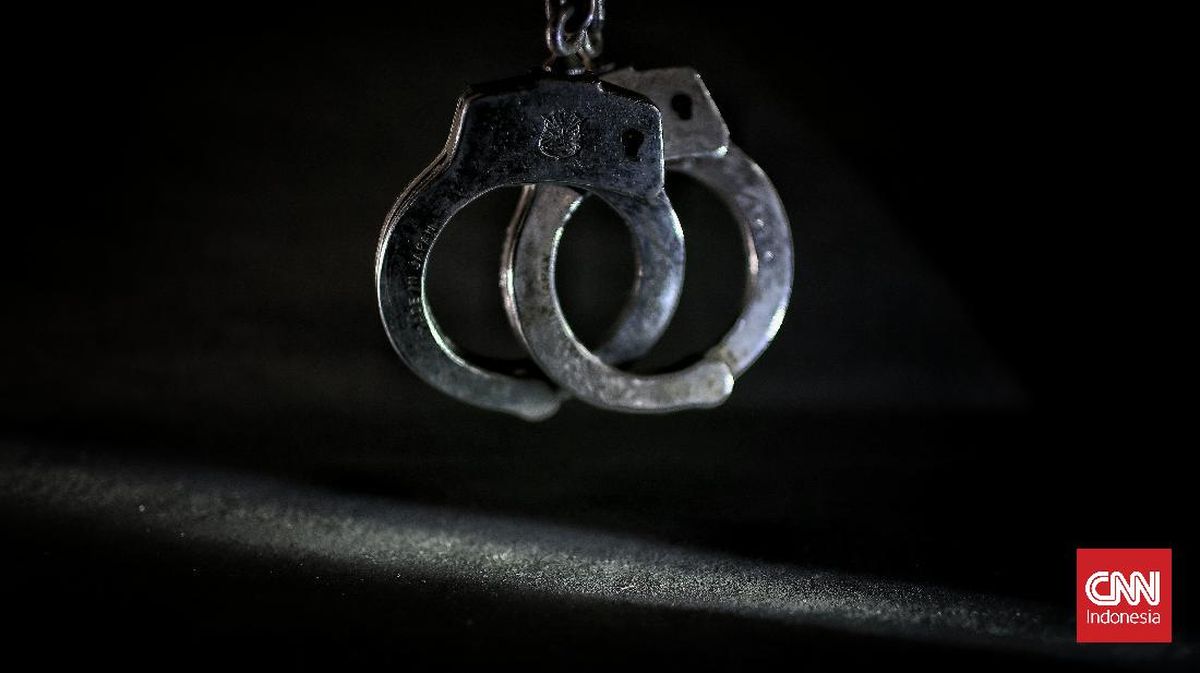Five of the films take place in the same cinematic universe. “Sanctuary City” is a seaside utopia inhabited by animals from every continent, but dominated by Australian ones, voiced by the likes of Deborah Mailman, Sam Neill, Angourie Rice, Thomas Weatherall and David Wenham.
“What’s so impressive about their work is that they are championing Australian talent,” says Australian Cinémathèque associate curator Rosie Hays, who has programmed the Like A Photon Creative back catalogue for a Saturday screening series at GOMA.
“They’re Brisbane-based. They’re doing all of the things that many in the film industry say are not possible. I love that they’re women-led, and I love that they just get on with making great stories.”
On a cold Wednesday morning in a nondescript office block in West End, Bates and Souvlis are getting on with the storymaking business.
Both graduates of the Bachelor of Creative Industries at QUT, the two met while working on children’s TV at Channel 10 on Mount Coot-tha and decided to start out on their own.
“The industry was changing. YouTube Kids was just coming about, so I was looking at the media landscape for kids and thinking that we had something to offer,” Souvlis says.
“We were really dedicated and passionate about quality children’s content that had kindness and representation at its heart.”
Despite having experience in live action only they quickly became the first female Australians to be commissioned to make an animation for Sesame Street (titled 1 to 10 Hoedown).

The company made a 26-part series for preschool children for Disney, Balloon Barnyard (2017). Credit: Like a Photon Creative
At the same time Disney commissioned them to make a 26-episode preschool series, Balloon Barnyard, about two balloon donkeys who solve problems and mysteries.
The third string to their bow was a reading app for children called Kindergo, which rose to be the number one kids’ app in over 30 countries. That’s when Universal Pictures came knocking.
“Universal said, ‘would you be interested in doing theatrical releases in Australia for Australian audiences? Can you create us a movie?’” Bates, a former teacher and children’s book publisher, recalls.
“And we said, ‘what if we created you a Marvel-esque universe whereby we had six to 10 films, and all of those stories wove into each other. Wouldn’t that be better?’ And they said, ‘yeah, actually that would be better.’”
The first cab off the rank in was The Wishmas Tree, both a cautionary environmental tale and a smart dive into the yuletide film market. Despite an unlikeable protagonist and a curtailed cinema release due to COVID, it got them off to a strong start.
The film that followed, superhero story Combat Wombat starring Mailman, taught them a major lesson in what makes a character relatable.
“A 40-year-old, reluctant female superhero – you couldn’t possibly tell where that idea came from,” Souvlis laughs.
“In the beginning, I was like, ‘kids won’t relate to this’,” Bates says. “But you find the heart of that hero. I mean, look at [2009 Pixar film] Up: you’ve got your older character and your younger character, and you feel just as strongly for the old character.”
Occupying a pleasing middle ground between Hollywood and Studio Ghibli, the Sanctuary City movies are both earthily comedic (“You’ve gotta make ’em laugh,” Bates says) and emotionally affecting.
Amid the knockabout action, Daisy Quokka portrays a child finding her own path and a parent reconciling with his estranged daughter.
The Lost Tiger tackles First Nations identity in the story of a thylacine adopted by kangaroos as a baby who reconnects with his mob.
Then there’s The Sloth Lane – an anti-fast food quasi-zombie movie that is also a heartfelt celebration of family. With its cast including Latino and American actors, the 2024 film played on 1000 screens in both North and South America.
Bates says that they feel a responsibility to tell stories about kindness, empathy and compassion.
“That there are consequences to actions. That you have responsibilities within a family or community unit. They’re inherent in all of the stories that we do.”
They also decided early on that continuity of work was crucial. “We’re not project-by-project; we are a pipeline,” Souvlis says. “Our staff are the most important people that are ever going to come through our building.”
They have nurtured directors including Murray, Tania Vincent and Ricard Cussó. Cussó now co-runs Cosmic Dino, the studio tasked with production on the Bluey movie for Ludo, the BBC and Disney.
Bates points out that the first four animated movies to be directed by women in Australia are all theirs – and all three of the filmmakers were pregnant during production.
“Being able to offer the opportunity for women to work in the industry in the way that men take for granted is really important to us.”
Nor is it insignificant that their first six movies all have female protagonists. Several hissworthy villains are women too, ranging from Judith Lucy’s scheming PR-agent koala in Combat Wombat to Celeste Barber’s greedy archeologist in The Lost Tiger.
Launching a movie business during COVID followed by a crisis in the streaming business has made them resilient, Souvlis says.
“We didn’t have a lot of luck on our side when we started out, and that has made us better business people.”
Loading
Crucial to their success has been support from Screen Queensland through the Screen Finance Fund and the Post, Digital and Visual Effects (PDV) Incentive. Its chief creative officer, Dr Belinda Burns, says companies such as Like a Photon Creative are putting Queensland on the map for animation.
“Nadine and Kristen have built a dynamic production company with a unique slate of characters and films, while also amplifying diverse voices,” she says.
Any parent who has despaired at the hold that YouTube Kids has on young viewers should rejoice that children’s screen entertainment still has passionate advocates.
Yet it’s a rapidly shrinking genre, internationally and locally.
“There are no buyers in Australia, really, because we don’t have any quotas,” Souvlis laments.
Nevertheless, the Photons are poised for greater success. Their next film, Pout-Pout Fish: The Movie, is in the can. Based on a New York Times best-selling picture book, and nearly double the budget of any previous LAPC film, its voice cast includes Nick Offerman, Amy Sedaris, Jordin Sparks and Miranda Otto.
It’s being made in collaboration with another female-owned production house, New York-based MIMO Studios. So is another film based on a major children’s book, Maggie and Abby’s Neverending Pillow Fort, currently in production for a 2026 release under director Allison Brownmore.
Just like Daisy Quokka, creative people in Brisbane are used to being underestimated and overlooked. But Bates believes it’s precisely this that has given them the drive to succeed.
“It’s because we are underdogs, right? Because we aren’t having opportunities handed to us,” she says.
“We have been called ‘regional filmmakers’ before,” Souvlis laughs. “People come here and go, ‘Oh! There’s a city here!’”
GOMA is screening Like a Photon Creative films on July 26, August 30, September 20 and September 27. Bates and Souvlis are appearing at GOMA in conversation on September 27.


